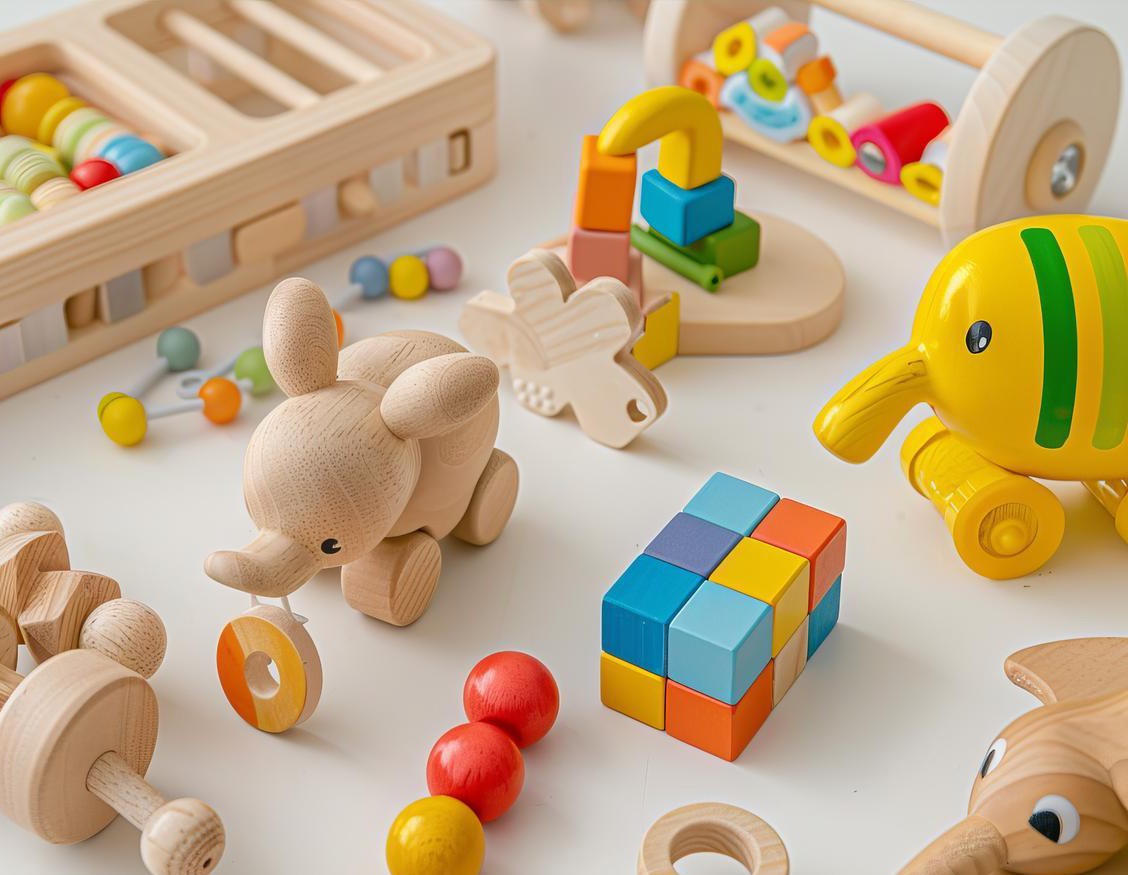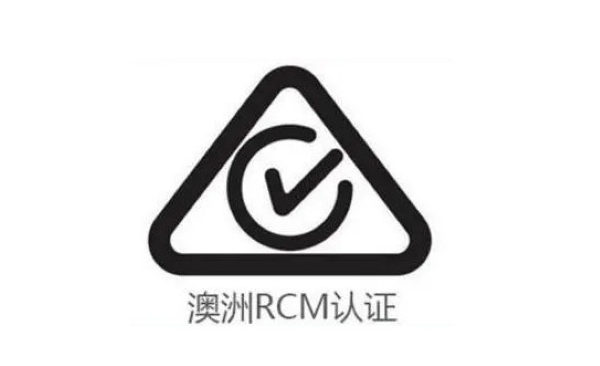Silicone protective film is a protective film mainly used to protect the screen of electronic products, with high-precision extrusion coating, high cleanliness, no white spots, white fog, sand holes, no wire drawing, no scratches and other phenomena; It has the characteristics of low adhesion, high adsorption, fast automatic exhaust bubble, high temperature resistance, good chemical solvent resistance, easy shearing and punching, and no residue left after tearing. At the same time, silicone protective die-cutting is widely used in mobile phone digital, electronic display, automotive applications, household appliances, glass manufacturing, printing, medical care, etc. However, if silica gel products want to be exported to the EU market, they generally need to apply for REACH certification.
What is REACH certification
REACH is the abbreviation of the EU regulation "Registration, Evaluation, Authorization and Restriction of Chemicals", which is a chemical regulatory system established by the EU and implemented since June 1, 2007. This is a regulation proposal involving the safety of chemical production, trade and use. The regulation aims to protect human health and environmental safety, maintain and improve the competitiveness of the European chemical industry, as well as the innovative ability to develop non-toxic and harmless compounds, prevent market fragmentation, increase the transparency of chemical use, promote non animal experiments, and pursue sustainable social development.

The range of products regulated by REACH regulations is quite wide, including electronic and electrical products, textiles, household products, chemicals, etc. Only a few products are not under REACH's control. For enterprises, in-depth understanding of REACH requirements is the basis for enterprises to take targeted control measures.
The role of silica gel products in conducting REACH test
1. Customs barriers. When the customs needs to issue the REACH report, there is no need to worry about the goods being detained, thus causing losses.
2. When the customer consults about the product, the REACH test report is issued, and the transaction rate can be submitted.
3. When introducing products to customers, the products that have been REACH tested have certain advantages, which are environmentally friendly products.
Materials to be prepared for REACH certification application of silicone protective film
1. 2-3 samples required
2. Inspection Application Form
3. Product User Manual
4. Bill of Materials
Procedures for REACH certification of silicone protective film
Step 1: Apply
1. Provide test samples;
2. Fill in the application form;
3. Information and product information form of the applicant company; And send samples.
Step 2: Quotation
According to the data provided, the engineer determines the test standard, and evaluates the REACH test cost and test cycle.
Step 3: Payment
After confirming the quotation, the applicant signs the quotation back and pays the amount.
Step 4: Test
The laboratory tests the applied products according to the relevant EU test standards.
Step 5: After passing the test, issue the REACH test report.

Please contact ZRLK of our company to handle REACH certification of silica gel protective film. We will provide you with professional and efficient testing and certification services at favorable prices and considerate services. If you provide us with product pictures and specifications, we will provide corresponding cycles, quotations and specific plans according to your products. You are welcome to call us for consultation!












